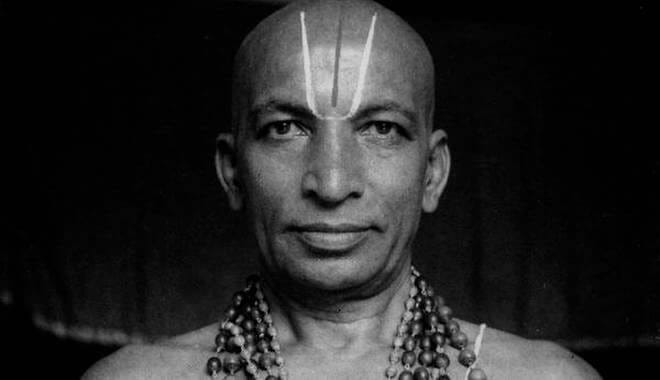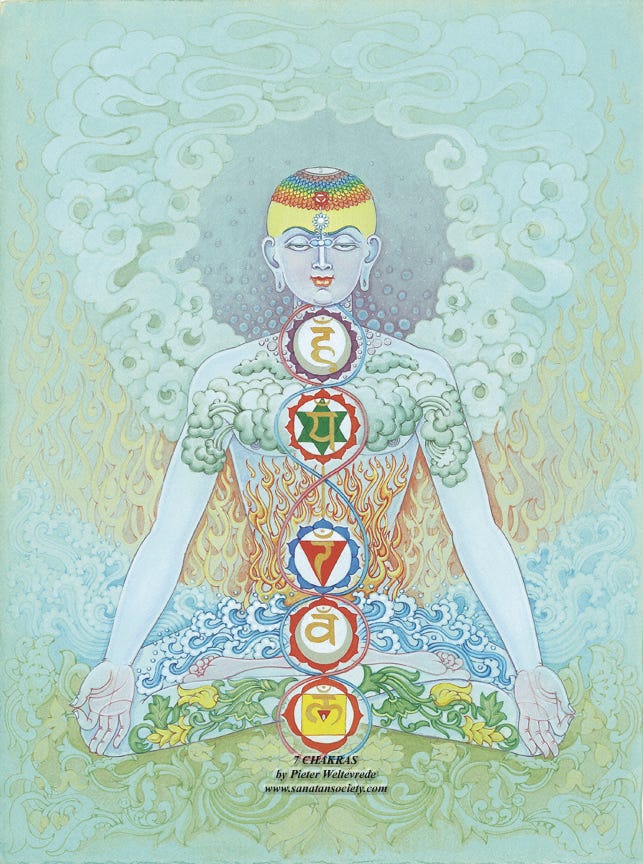Vision of an ideal Ashtanga Vinyasa Yoga learning and resources to reach it

Fortunately, we do not live in a perfect world that would be a major obstacle to all progress and learning. Samsara and Nirvana would be one and the same river idling on the banks of an eternity whose tamasic lament would implore the terrible Kali to do her work of destruction so that the world may be reborn in the creative chaos of Prakriti.
Blessed are we then to live in what strongly resembles Kali Yuga with the countless opportunities to test our beautiful practice of Yoga.
Before formulating what for me would be an ideal learning of Ashtanga Vinyasa Yoga, I would like to sincerely thank all the dedicated teachers who transmit their art day after day to the best of their abilities and the expectations of their students.
Namaste.
So far my experience of learning from this noble school of Yoga has resembled the reconstruction of a mandala with multiple pieces scattered around in the form of led classes, Mysore sessions, workshops, lectures, documentaries, numerous readings and researches, hours of online video, thousands of kilometers traveled and above all assiduous practices integrated into everyday life.
The diversity of approaches and teachers is certainly beneficial up to a point, but for a beginner, the lack of consistency and above all of a global vision is quite disconcerting.
Perhaps this is part of a modern rite of initiation, certainly less demanding than when some aspiring yogis came to cut off one hand in order to show their determination to enter into the service of a master.
Even before I unrolled my mat and started Surya Namaskar A, I would have liked to learn where Ashtanga Vinyasa Yoga came from, by whom it was created and for what purpose. What are the lineages and their differences, what is the connection with the Yoga Sutras of Patanjali and the Ashtanga denomination he uses while in his system Patanjali only summarily mentions Asana.
I would have liked to know the more general context in which Yoga and its philosophy fit in the history of Hinduism.
I would have liked to have been introduced to the Bhagavad Gita and the distinction between Hatha, Karma, Bhakti, Jnana and Raja Yoga.
With this knowledge I could have grasped all the richness and the scope of this philosophical system integrating body, mind and consciousness.

Ashtanga Vinyasa Yoga is a demanding physical practice and before participating in a class I would have dreamed of having an Ayurvedic consultation to determine if this discipline was really suitable for my condition and my age. I could have discovered the basic principles of Ayurveda and the importance of diet (Mitahara) as well as the techniques of Kriya purification (Shatkarma).
By integrating Asanas, Mitahara and Kriya, I would have understood the power and the complementarity of these techniques.
Ashtanga Vinyasa Yoga is an exercise in breathing and concentration that takes on its full meaning when it is part of the eight limbs (Ashtanga) of Patanjali: Yamas, Niyamas, Asana, Pranayama, Pratyahara, Dharana, Dhyana and Samadhi. You still have to know what the eight limbs mean, while most courses only present Asana.
If we talk about the Ashtanga of Patanjali and the philosophy of Yoga in general the goal is to achieve Samadhi or communion with the Absolute which, according to my personal experience, is very little conveyed in comparison to the physical dimension and mental clarity.
So I would have loved to have had training on ALL the limbs and understand the subtleties of their complementarity and especially the effectiveness of integrating them gradually, but in a combined manner. Indeed, if the eight limbs were to be mastered sequentially, there would probably not be more than a handful of Asana practitioners on Earth, as the perfect mastery of the first two limbs (Yamas and Niyamas) in thought, in speech, and in action is beyond the reach of ordinary people.
While practicing the Asanas, I would have liked to know the origin and the meaning of the name of the positions and thus discover Sanskrit and the importance of language in the acquisition of knowledge and the representation of reality. I would have gained insight into the extraordinary richness of this language which shaped the thoughts of the Indo-European civilization of which we are the heirs today.
Learning the Asanas would also have been an opportunity to learn about modern anatomy as well as the subtle energies of Prana, Chakras, Nadis, and Koshas. This introduction to the energetic and vibratory realm would have been included in the presentation of Hindu cosmology allowing to understand the global coherence of the metaphysical system of Yoga and to practice Mantras, Bijas and Mudras by meditating on their deep meaning.
With this knowledge integrated into my practice, I would have fully experienced Ashtanga Vinyasa Yoga as a deep meditation in motion.
I would have liked my teacher to tell me that Yoga is an art of living, a way of being, a process of deep transformation, a journey towards the divine. He would have warned me about the Kleshas and the obstacles to the practice. He would have been a guru in the original sense of the word, namely a guide able to dispel the darkness, to lift the veil of ignorance (Avidya). A true master accomplished in all the forms of his art, a living example of his teaching knowing each of his students and leading them according to their own personalities and capacities. A scholar versed in Eastern and Western philosophies, a living bridge between cultures and civilizations. A being aligned in mind, body and consciousness with the divine expression of his Svadharma.
Would I have been a worthy student of such a master?
The Ashtanga Vinyasa Yoga teachers surely also have their ideal vision of teaching and of their students …
In an attempt to reach this vision of ideal learning, here is a selection of resources available online and produced by men and women fully living their yoga. Of course, nothing replaces the presence and support of a qualified teacher.
[……]
